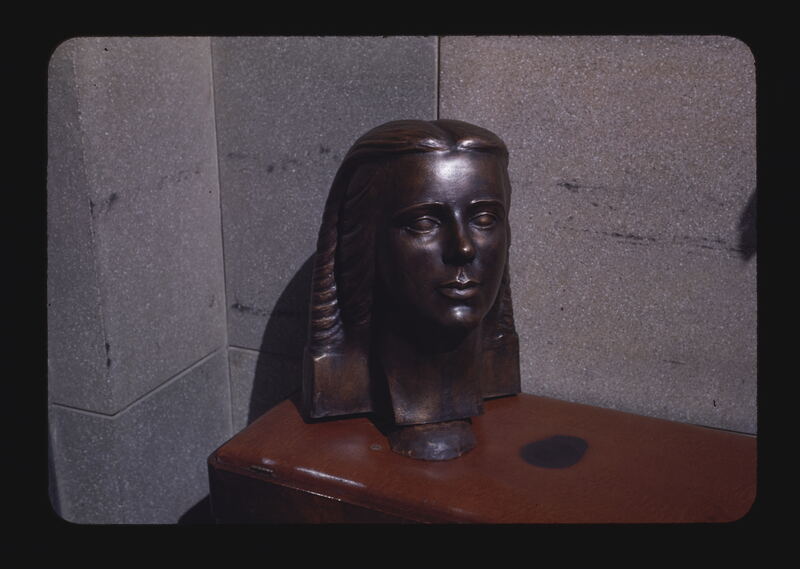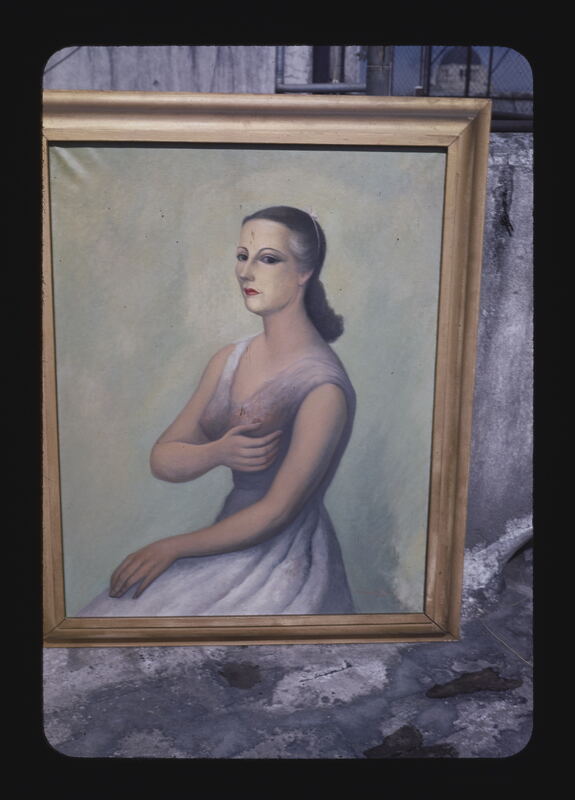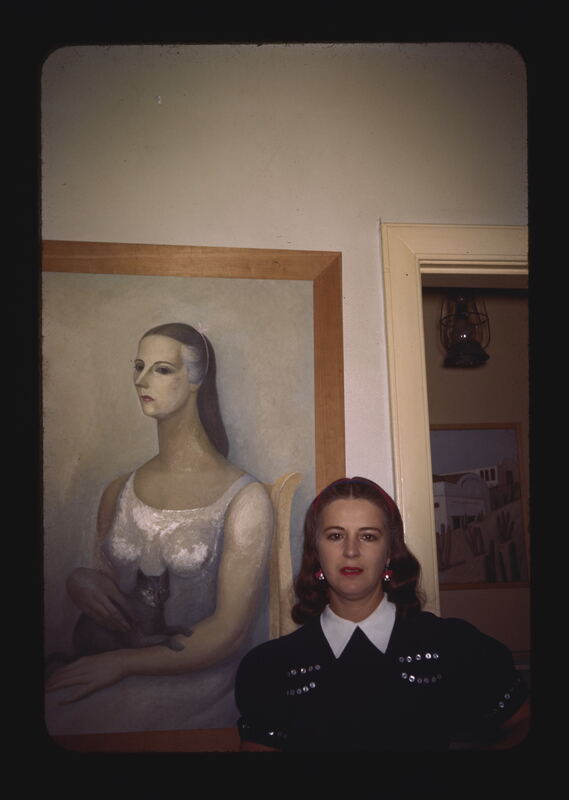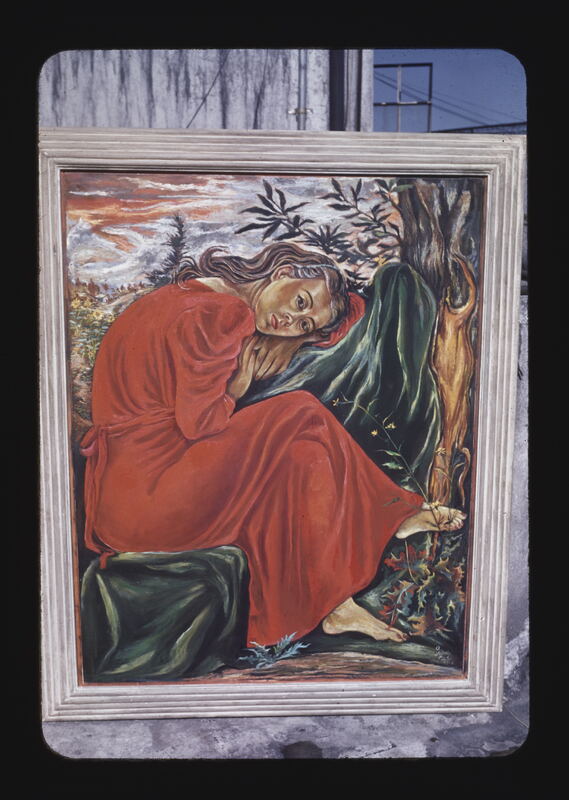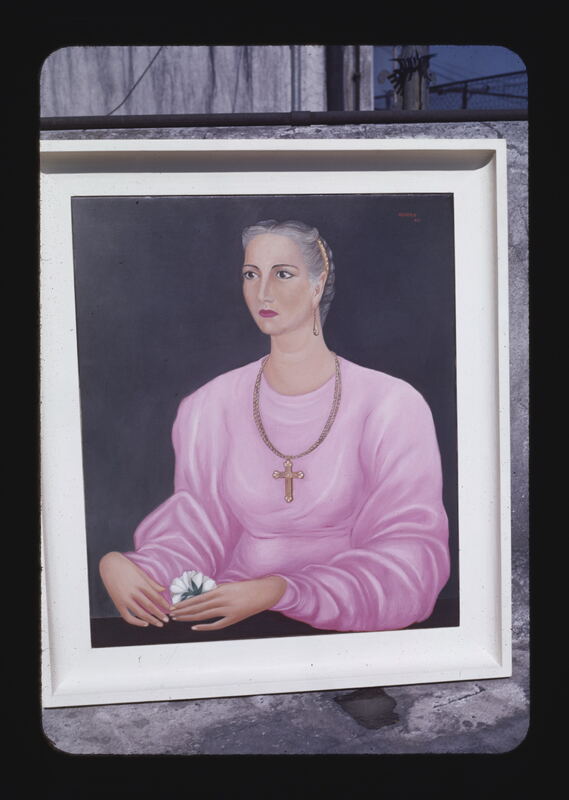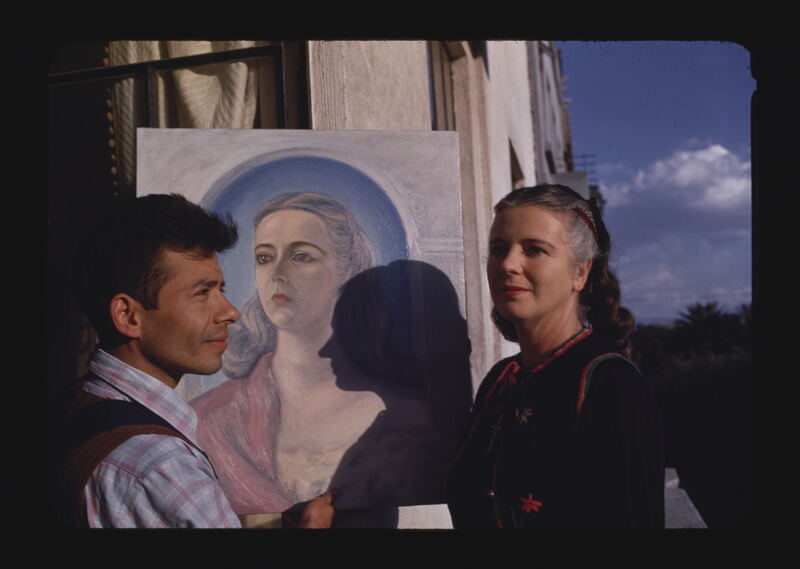Arquin and Asúnsolo
Art Dealing in the 1940s and 1950s was dominated by two women in competing galleries. Inès Amor owned GAM (Galería de Arte Mexicano) and Maria Asúnsolo owned GAMA (Galería de Arte Maria Asúnsolo ). Arquin talks about visiting both in her letters. It seems that Amor and Asúnsolo were both instrumental in helping Arquin move Modern Mexican artistic circles.
Asúnsolo’s gallery operated somewhat differently from those of her contemporaries in Mexico City. Artists recall the dealer closing deals with a handshake or a verbal agreement, rather than a written contract. She charged a lower commission than others and opened her home and her gallery as a meeting place for artists, politicians, writers, and intellectuals. There are even reports of her keeping canvases from Diego Rivera and others in a bathtub when she had no room on the walls.
Although Amor and Asúnsolo represented many of the same artists, it was only for Asúnsolo that these artists produced a remarkable series of portraits of the gallery owner. Many of these portraits are now in the collection of the Museo Nacional de Arte in Mexico. They document Asúnsolo as a girl, as a woman, sitting, standing, laying down, clothed, partially nude, full length, and bust length. These portraits are in different media – drawings, paintings, and sculptures. There is even a pencil drawing of Asúnsolo ’s feet in the collection.
Asúnsolo was politically active and well-connected. Her sister was a famous Hollywood actress, for example. Artists of the day claimed that it was Asúnsolo’s famous beauty that compelled them to create these images, though this seems a thin pretext for so vast a collection. Whatever the reason for their creation, Arquin documented these portraits. She took pictures not only of the portraits, but also of the portraits with Asúnsolo in them. The model stands next to the creations she inspired, inviting comparisons between the person and the representation. Some of these were also clearly taking in Asúnsolo’s house, demonstrating how she lived with the collection of images she inspired. In one instance, Arquin includes Asúnsolo, the portrait, and the artist who was still working on the canvas, Jesús Escobedo.

